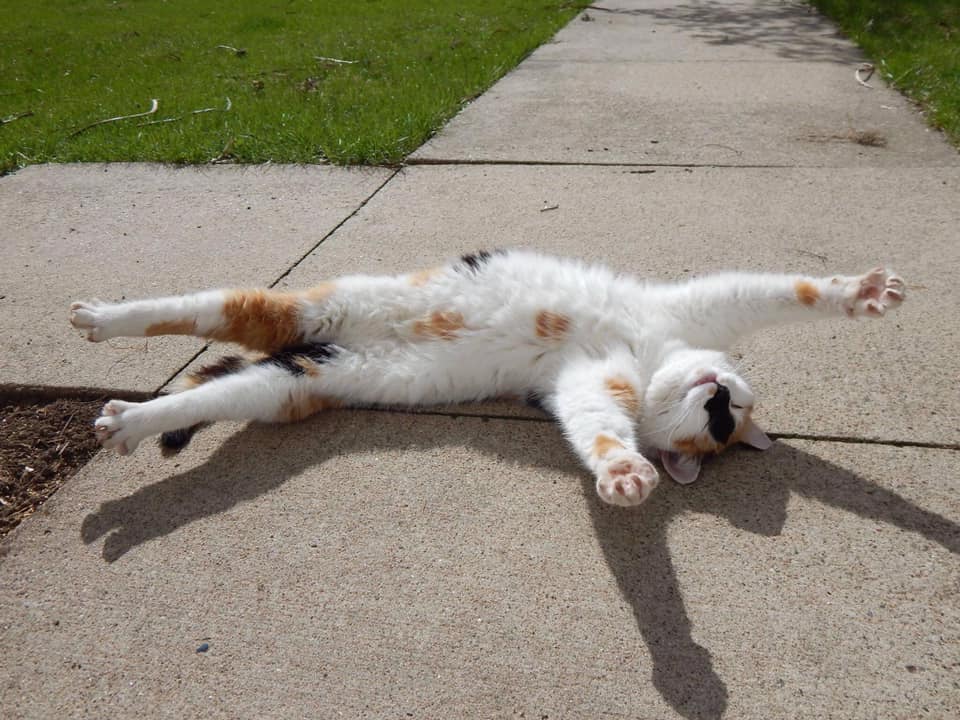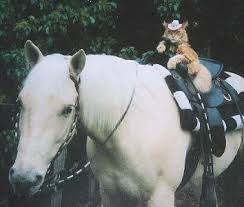
At last, you’re writing the story pay-off. Act III of a story must answer the question of whether your protagonist wins the goal or not. As in our joke model of story, this is where that question pays off—readers want a satisfactory resolution in exchange for their devotion to the journey.
Writing Tip for Today: What are some of the important elements of effective pay-offs?
Do or Die Scene
At the end of Act II (Build-up), your character faced an “All Hope is Lost” moment or scene. Many cliff-hangers pause here, to build tension and energy for the Big Climax at the opening of Act III. Your Climax scene is a sequel to this Darkest Moment. It dramatizes your character’s decision (after the reaction and dilemma) to fight one last time. Always save your story’s most important scene for this Climax.
Some ask if there can be more than one climax. The simple answer is no—unless you’re J.R.R. Tolkien. Every story has a “Biggest Moment,” which tests the character and answers the main story goal. Will the character win, lose or come to a draw? Be sure your character faces the toughest challenge in your climax scene. Relegate lesser crises to scenes before this Climax.
In this Climax, the best stories combine the action (physical) and the interior (emotions) and bring together both of these elements. To write the Climax well, be sure to check your preceding scenes for a gradual yet constant rise in action. As the stakes grow and the screws tighten, you’re setting up readers for that Climax scene.

Set up readers for the Climax scene.
Rounding Up Horses
The phrase “rounding up the horses” refers to all the questions you’ve written to sustain tension and provide conflict. Yes, your Climax is the biggest scene, but what about those other items? Subplots give stories a three-dimensional feel, but after your Climax, you’ll want to tie up loose ends—tell or hint at the outcome of the subplots.
If you introduce a character’s mom who gets a cancer diagnosis in the early scenes, readers will want to know if Mom’s OK. Your Pay-Off is the right spot to resolve this question. Many subplots feature love interests. Magnetism between characters is great. Just be careful to point readers in a direction at the Pay-off.
Keep it short. By the Pay-off section, readers don’t necessarily want to read through chapters of explanation about a subplot. Keep your subplot “horse-rounding-up” brief. The longer you write this resolution, the higher the chance that you’ll have to raise more questions. And send readers down other rabbit holes—which they usually dislike.

Round up the horses in your Pay-off section.
Where Do We Go Now?
At the Pay-off of your story, you answer the main story question. Your character fights in the Climax scene, but then what? Only a few outcomes are possible. One fascinating aspect of this Resolution or Pay-off is that it almost always happens in around the last thirty pages or so. Pick up any novel and try it for yourself—it’s unusual for Act III, Resolution (Pay-off) to go on longer.
If your character has had a worthy goal (high stakes) from the beginning, the Climax scene will show readers one of five possible endings:
Character wins goal—is happy.
Character wins goal—isn’t happy or has changed mind.
Character doesn’t win goal—is unhappy.
Character doesn’t win goal—is happy, has grown or changed goals.
Character doesn’t care either way. (Unsatisfying to most readers)
After your character makes a decision about the goal (won, lost, draw), and reveals his attitude about this outcome (happy, unhappy, ambivalent), readers only want to be pointed in the direction they imagine for the character. Formally called denouement, this is where couples live happily ever after or the hero rides off into the sunset.




